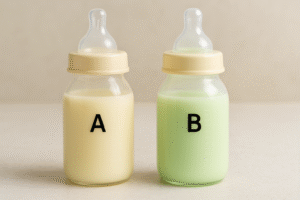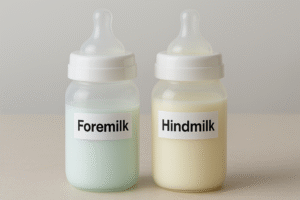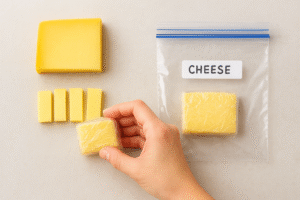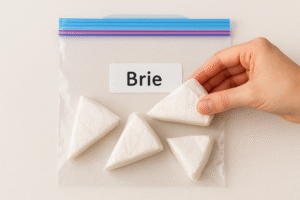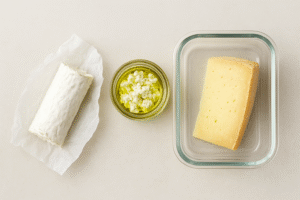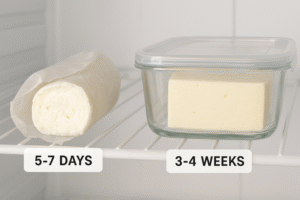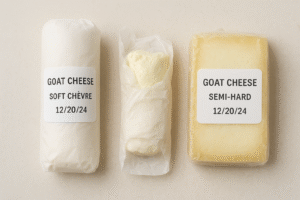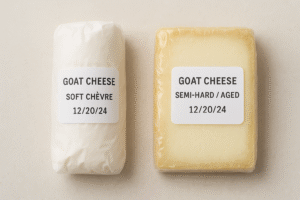Breast milk doesn’t always look the same — and that’s perfectly normal. Many new moms panic when their milk appears thin, bluish, or watery, thinking it’s not nutritious enough. But in most cases, this change is simply nature’s way of giving your baby exactly what they need at each feeding stage.
In this guide, we’ll explain why breast milk can look watery, how to tell if it’s still healthy, and when you should be concerned — based on trusted U.S. sources like the CDC and the American Academy of Pediatrics.
Understanding Watery Breast Milk: What’s Actually Happening
Breast milk composition changes throughout the day and even during a single feeding session. When your breasts are fuller or just after a long gap, the milk that first comes out is foremilk — naturally higher in water to hydrate your baby.
As feeding continues, your body releases hindmilk, which is thicker and richer in fat. The transition between these two makes your milk sometimes look watery in bottles or storage bags.
👉 Learn more about safe pumping and milk transitions in our guide on How to Tell If Frozen Breast Milk Is Bad (U.S. Moms’ Safety Guide).
Normal Reasons Breast Milk Looks Watery
Here are the most common (and completely normal) causes:
- High Foremilk Ratio:
When you’ve gone longer between pumping or feeding, more foremilk builds up. This early milk has less fat and a bluish tint. - Hydration Level:
If you’re drinking plenty of water, your milk may appear thinner. That’s a good thing — your body adjusts to provide hydration for your baby. - Storage Separation:
After pumping, you might notice the milk separates into two layers — watery on the bottom and creamy on top. Just swirl gently before feeding.

4. Baby’s Feeding Pattern:
Short, frequent feeds can result in more foremilk intake. Encourage your baby to nurse longer on one side before switching.
How to Tell If Watery Milk Is Still Good
While watery milk is usually fine, here’s how to make sure it’s still fresh and safe:
- Smell Test: Fresh milk smells mild or slightly sweet. Sour or soapy odors mean it’s time to discard.
- Texture Check: A thin top layer is normal, but if the milk lookjs curdled or chunky after gentle swirling, it’s spoiled.
- Color Observation: Pale blue, yellow, or white are normal hues. Green, brown, or pink could indicate contamination or blood traces.
According to CDC’s Breast Milk Storage Guidelines, always store milk in clean, sealed containers and follow safe temperature limits.
⚠️ General Safety Tip (New Addition)
If you notice separation between thick and thin layers, never mix freshly expressed warm milk directly with cold or frozen milk — this can cause bacterial growth.
👉 For more details, read our post on Can I Mix Warm and Cold Breast Milk? — it explains the safest way to combine and store milk of different temperatures.
How to Fix or Manage Watery Milk
If you feel your milk looks too thin over time, try these tips:
- Empty Each Breast Fully: Allow baby to reach hindmilk — this ensures balanced fat and nutrients.

- Use Breast Compressions: While nursing or pumping, gentle compressions help release thicker milk.
- Pump After Feeding: Helps stimulate hindmilk production and maintain overall supply.
- Check Your Diet: Add healthy fats like avocado, olive oil, and nuts — they can slightly increase milk richness.
👉 Also see our post on Breast Milk Storage: Complete U.S. Mom’s Guide (2025 Edition) for detailed storage and nutrition safety tips.
When Watery Milk Might Be a Concern
Although rare, watery milk could indicate an imbalance between foremilk and hindmilk or a drop in fat content due to:
- Overpumping or skipping nighttime sessions
- Rapid weight loss or calorie restriction
- Improper storage or reheating
If your baby shows slow weight gain, frequent green stools, or fussiness after feeds, talk to a lactation consultant or pediatrician.
For professional insight, check the La Leche League International’s recommendations on healthy breast milk balance.
FAQ: Watery Breast Milk Explained
Q1: Is watery breast milk less nutritious?
No. Foremilk still has all the essential nutrients — just lower fat. Your baby needs both foremilk and hindmilk for full nutrition.
Q2: Why does my milk look bluish or gray?
That’s due to light refraction — normal for foremilk. It doesn’t mean your milk quality is poor.
Q3: Can frozen breast milk look watery after thawing?
Yes. Fat separation increases during freezing. Swirl gently to mix; never shake vigorously.
Q4: Should I discard watery milk?
Only if it smells sour, looks curdled, or your baby refuses it consistently.
Conclusion: Watery Milk Is Still Wonderful
Watery-looking breast milk is usually a sign that your body is doing exactly what it should — hydrating and nourishing your baby naturally. As long as your milk passes the smell and texture checks, it’s completely safe.
For the most balanced results, focus on complete feeds, hydration, and consistent pumping.
👉 Want to know more about milk appearance? Read our related post What Color Should Breast Milk Be? (Understanding Normal Variations) for a detailed breakdown of color changes.
And for official safety advice, visit the CDC Breast Milk Storage and Handling Guidelines.


